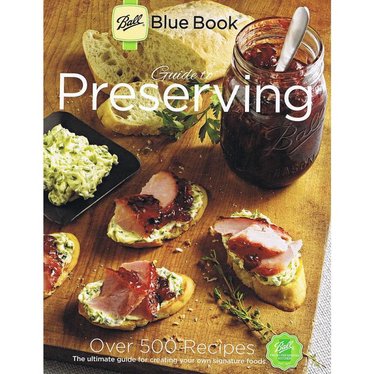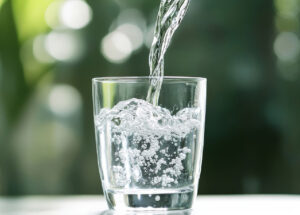
When folks new to canning start out, one of biggest questions asked is this one: which kind of canner should I use? And the answer most often heard is this one: “Well, it depends. What are you canning?”
As frustrating as that might be, that fuzzy answer isn’t out of line.
It really is important to know what you’ll be canning. Depending on the acidity level of the food, different processes and methods are used.
One great resource to start with is the USDA Complete Guide To Home Canning, available through the National Center For Home Food Preservation. Availble in PDF format, or ordered as a booklet, the guide has exhaustive directions for processing nearly everything, including meats, seafood, vegetables, pickles, jams and jellies. Instructions for water bath and pressure canners, as appropriate, are noted in each section.
For the beginning canner, a more user-friendly resource that includes recipes and similar, super-safe directions for canning most popular garden produce is the Ball Blue Book, trusted by home canners since 1909.

Why Water Bath? Best for High-Acid Foods
Water bath canning is often the first type of home food preservation used. It’s simple to manage, there’s not a lot of equipment required, and it’s fairly versatile. If you’re going to start canning, it’s a good place to start. Canning starter sets, like this one from Lehman’s, are handy, and a good investment. (Plus, the big pot is ideal for

large batches of soups or chilis when you aren’t canning.)
Most folks use a water bath for jams, jellies and, at the end of the gardening season, dealing with the overabundant tomato. Using a water bath and hot-pack canning method when putting these up is both safe and efficient. Foods commonly preserved via water bath canning include:
- tomatoes
- pickles
- fruit (whole, sectioned or as jellies/jams)
- relishes
Juices from any produce on the list above are also safe to can in a water bath canner. So if you want to put up tomato juice, for instance, it’s OK to do with a water bath canner. Never can low-acid foods (list below) in a water bath canner. The low-acid foods will not process properly, which presents a real risk of food contamination.
Pressure Canner And Low-Acid Foods
Pressure canners, when used correctly, are safe and incredibly efficient. Nowadays, they are simpler to use than ever, and make short work of many popular types of summer produce, as well as other foods. Ball has an overview on pressure canning here.
Pressure canners are the only canners that can process low-acid foods at the

required temperature of 240°. Each type of food must be processed for different lengths of time, so follow recipe directions carefully, and be sure jars are sealed. Improperly processed foods can be contaminated with botulism, and consuming contaminated foods can lead to illness and death.
Use a pressure canner to preserve low-acid foods:
- meats (chicken, beef, etc.)
- vegetables (Why not tomatoes? Tomatoes are a fruit, and high-acid.)
- seafood
- soups/stews, one jar meals (low and high acid foods may be combined)
Pressure canners are an investment, so buy quality. You’ll only need to do it once. The High-Quality Pressure Canners from Lehman’s are USA made, and available in 10-1/2 to 41-1/2 quart sizes. You can choose the size that fits your family and canning style best.
Editor’s Note: This post was first published in March 2014.






























